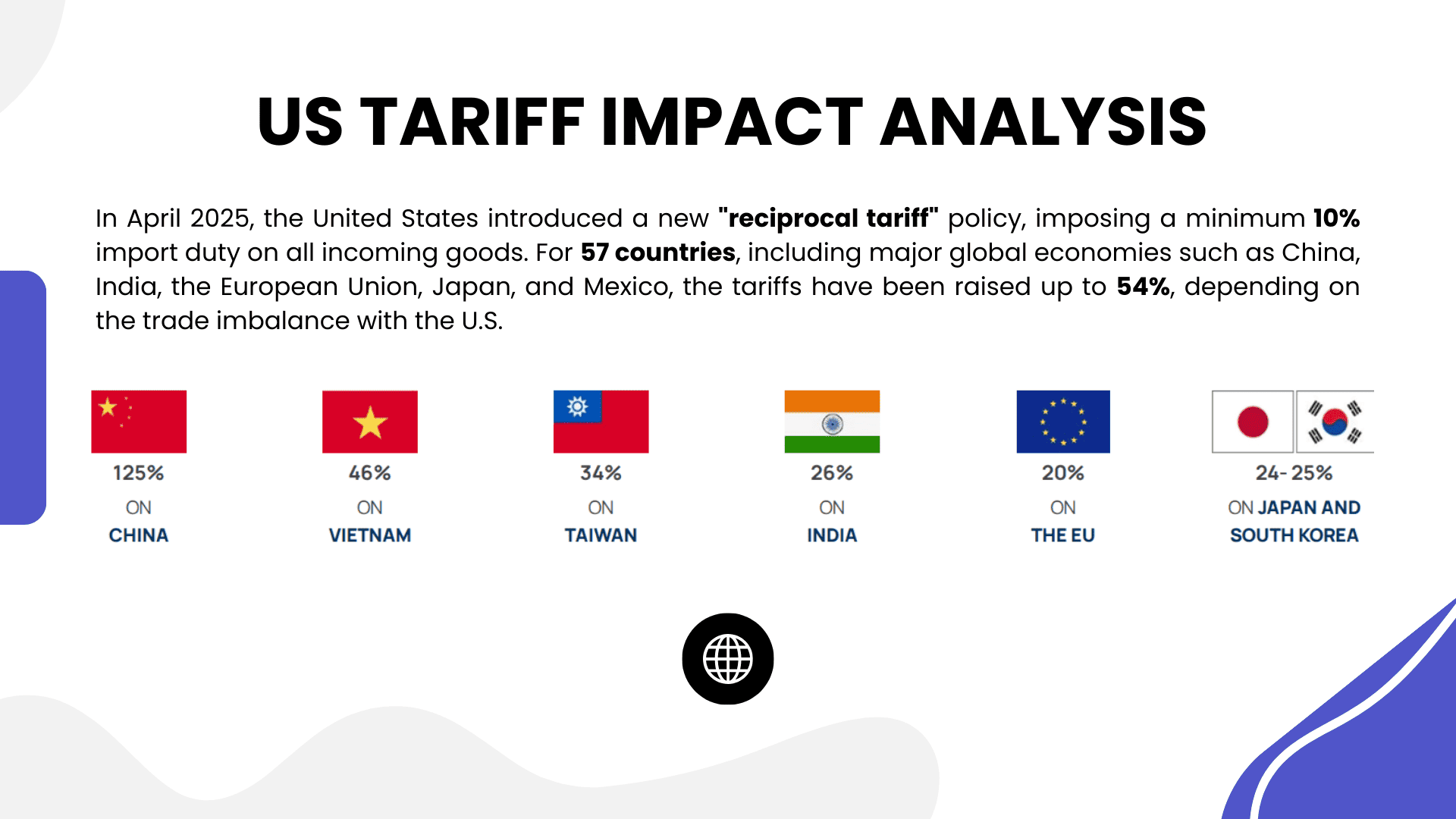Table of Contents
The Global Ultra-low-power Microcontroller Market is projected to experience significant growth, increasing from USD 5.3 billion in 2023 to USD 14.4 billion by 2033, with a robust compound annual growth rate (CAGR) of 10.5% during the forecast period from 2024 to 2033.
The market’s expansion is driven by the growing demand for energy-efficient solutions, particularly in the consumer electronics and peripheral device segments. The analog devices sector, which plays a pivotal role in accurate signal processing, holds a dominant share, while the 32-bit packaging segment is expected to lead the market due to its versatility in handling complex tasks.

US Tariff Impact on Market
The introduction of tariffs on electronic components has had a noticeable impact on the global ultra-low-power microcontroller market. In particular, sectors heavily reliant on imported raw materials and components have faced supply chain disruptions, increased production costs, and shifts in market dynamics. These tariffs primarily impact the consumer electronics and peripheral device segments, with an expected tariff impact of approximately 20-25% on affected components.
➤➤➤ Experience the power of insights here @ https://market.us/report/ultra-low-power-microcontroller-market/free-sample/
- Economic Impact: Increased tariffs on microcontroller components have led to heightened costs for manufacturers, reducing profit margins. However, some companies are looking to pass on the costs to consumers, which may affect the overall market demand.
- Geographical Impact: The US market, a major hub for microcontroller consumption, faces a direct tariff burden, especially for products imported from regions like Asia. This has caused shifts in sourcing strategies, prompting manufacturers to explore alternatives outside of tariff-impacted regions.
- Business Impact: Companies are exploring innovative solutions, such as reshoring production or shifting to local suppliers, to mitigate the negative effects of tariffs. These adjustments could increase operational costs but potentially offer long-term benefits by enhancing supply chain resilience.

Key Takeaways
- The ultra-low-power microcontroller market is projected to reach USD 14.4 billion by 2033.
- The Consumer Electronics sector is the largest end-use industry, capturing a significant market share.
- The Asia-Pacific region holds the largest market share, driven by electronics manufacturing and demand for energy efficiency.
- The tariff impact is expected to disrupt certain segments, notably in peripheral devices and consumer electronics.
Analyst Viewpoint
Present: The ultra-low-power microcontroller market is currently experiencing strong growth, fueled by the increasing need for energy-efficient solutions in various industries, particularly in consumer electronics.
Future: Moving forward, the market is expected to maintain a positive growth trajectory, with innovations in microcontroller design and energy-efficient technology. The shift towards sustainable energy solutions will drive long-term demand, even amid tariff-related challenges.
➤➤➤ Grab a Limited Period Discount @ https://market.us/report/ultra-low-power-microcontroller-market/free-sample/
Regional Analysis
The Asia-Pacific (APAC) region holds a dominant share of the global ultra-low-power microcontroller market, accounting for over 43.5% in 2023. This region’s leadership is attributed to its strong manufacturing capabilities, large consumer base, and emphasis on energy efficiency in consumer electronics.
North America and Europe are also significant players, though they account for smaller shares, primarily due to reliance on imports and tariffs. With increasing technological investments, particularly in the US, market dynamics may shift slightly towards these regions.
Business Opportunities
The ultra-low-power microcontroller market presents several business opportunities, especially in the consumer electronics sector. Companies can leverage the increasing demand for energy-efficient devices by focusing on product innovation, such as low-power chips for portable electronics.
Additionally, companies looking to optimize supply chains can explore partnerships with local manufacturers to mitigate the impact of tariffs. Strategic R&D investments can also help companies create cutting-edge solutions in energy-efficient microcontrollers.
Key Segmentation
- By Peripheral Device: The analog devices segment holds a dominant market share of over 55.7% in 2023, driven by their essential role in providing accurate analog signal processing.
- By Packaging Type: The 32-bit packaging segment dominates the market, capturing over 47.0% of the market share due to its superior processing capabilities and flexibility.
- By End-Use Industry: The consumer electronics industry leads, holding a 37.1% market share, driven by the growing demand for energy-efficient, portable electronics.
Key Player Analysis
The market is dominated by several key players that are driving innovation in ultra-low-power microcontroller technology. These companies are actively engaging in strategic partnerships and acquisitions to expand their product portfolios and cater to the growing demand for energy-efficient solutions. Additionally, manufacturers are investing in R&D to enhance product performance and address emerging consumer needs.
Top Market Leaders
- Texas Instruments Inc.
- NXP Semiconductors N.V.
- STMicroelectronics N.V.
- Analog Devices, Inc.
- Microchip Technology Inc.
- Renesas Electronics Corp.
- Infineon Technologies AG
- Seiko Epson Corporation
- Silicon Laboratories, Inc.
- ROHM Co., Ltd.
- Other Key Players
Recent Developments
In recent years, the ultra-low-power microcontroller market has seen several technological advancements. Including the development of more energy-efficient microcontrollers and the expansion of partnerships across different regions. The ongoing rise of smart devices and IoT applications continues to shape the market’s evolution.
Conclusion
The ultra-low-power microcontroller market is expected to maintain a strong growth trajectory, with the Asia-Pacific region continuing to play a pivotal role. The impacts of US tariffs will cause short-term disruptions, but long-term opportunities in innovation, local sourcing, and product development will enable companies to adapt and thrive.
Discuss your needs with our analyst
Please share your requirements with more details so our analyst can check if they can solve your problem(s)



